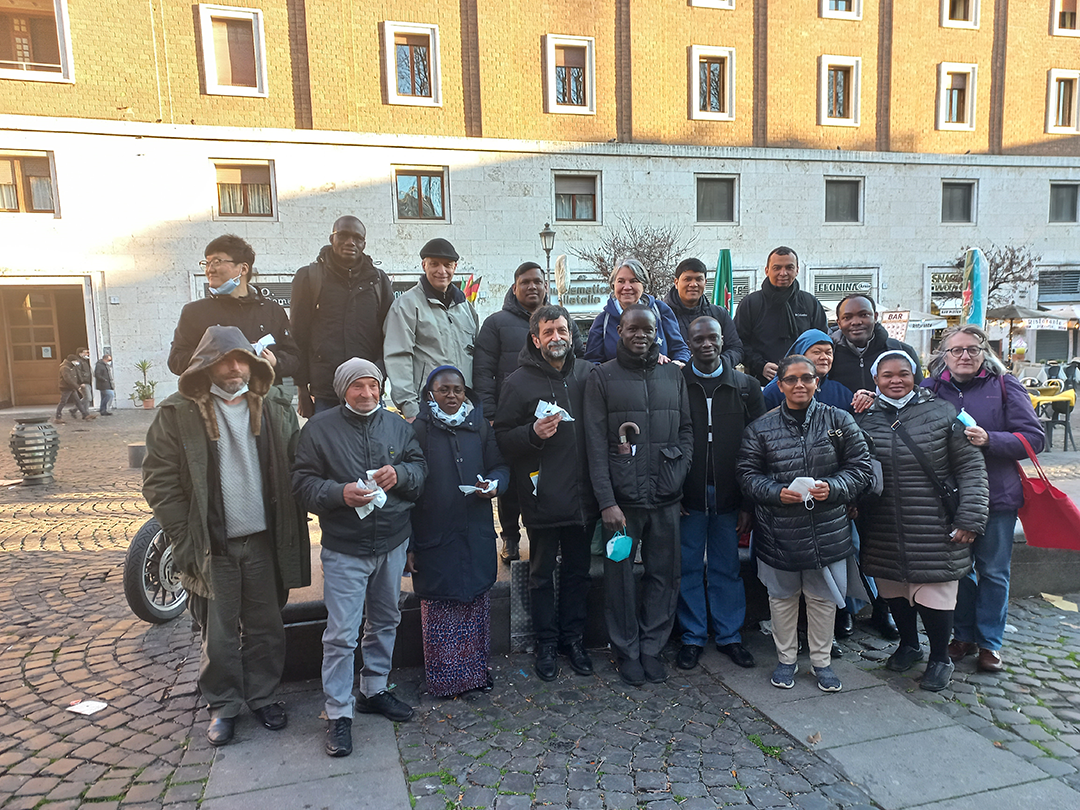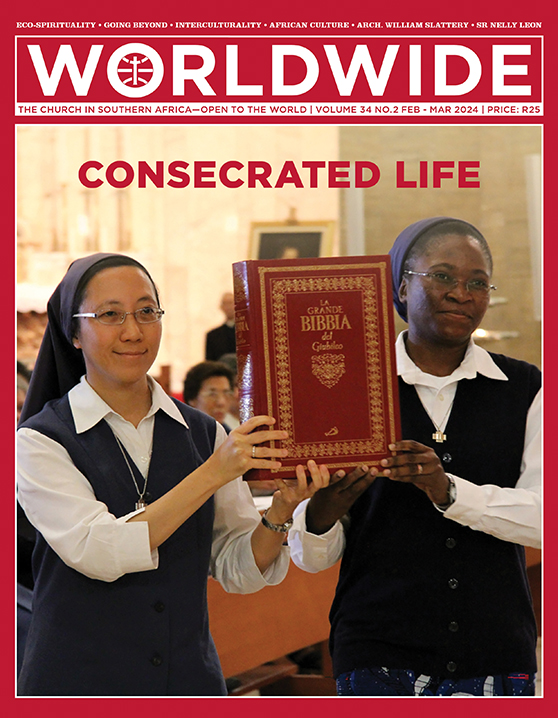
CONSECRATED LIFE
The painting on the front cover entitled “The disciples of Emmaus” reflects our journey of hope. Jesus not only walks with us, but gives us the wisdom to perform our ministries and opens our eyes to see Him in the people that we are serving.
CHALLENGES • ON RELIGIOUS LIFE
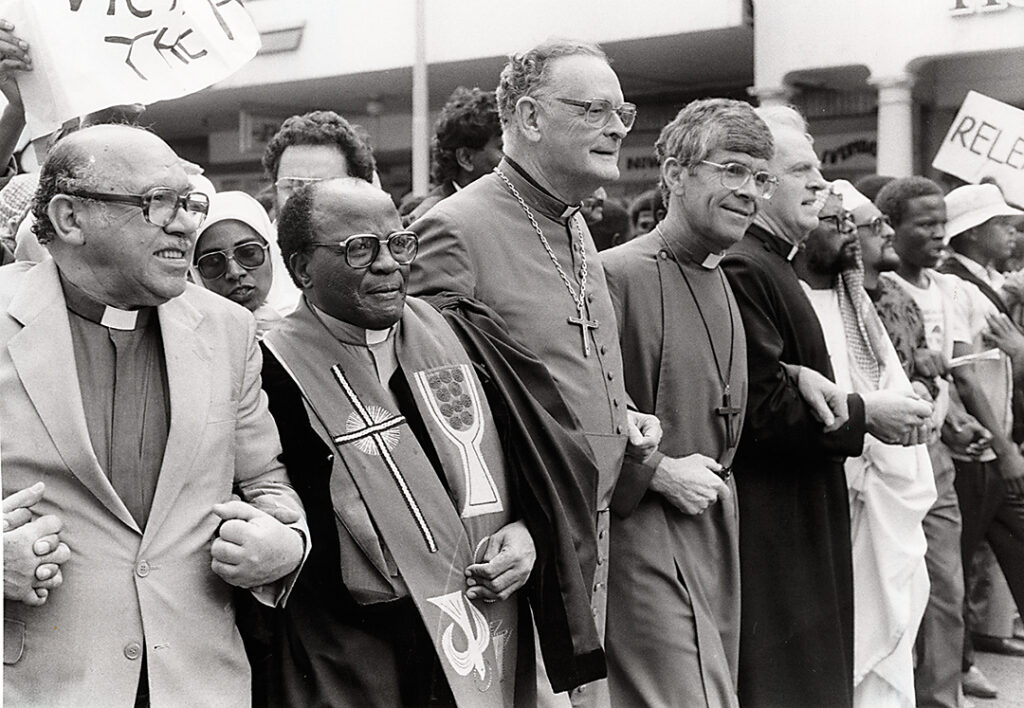
AN INCLUSIVE CALLING TO DISCIPLESHIP
The legacies of the outstanding lives of Archbishop Denis Hurley OMI, and a lay person, Paddy Kearney, former Marist brother, inspire the author of this reflection about new paths of renewal in religious life.
BY DR RAYMOND PERRIER | PHOTOS BY DENIS HURLEY CENTRE (DHC)
13 February 2024 will mark 20 years since the death of Archbishop Denis Hurley. He was a bishop for almost 60 years, having been appointed in 1947 as the youngest bishop in the entire world, aged only 31. In those six decades he witnessed huge global changes globally— from the trauma of the Second World War to the rise of the internet. He witnessed and helped bring about major changes in South Africa—grand Apartheid was introduced one year after he became a bishop and was finally dismantled two years before he retired, so he was able to live the last 12 years of his life in the honeymoon glow of the newly minted democratic nation for which he had fought so hard. He saw enormous changes in the Church: he participated in the Second Vatican Council in the 1960s and was then second-to-none in implementing its changes in his own Durban archdiocese and, because of his work on the English language in the liturgy, throughout the world.
Archbishop Denis Hurley witnessed and helped bring about major changes in South Africa.
Changes in religious life
An important area in which he saw great change is in religious life. Being a bishop for 57 years, and a priest for 65 years, Hurley was also a member of the Oblates of Mary Immaculate (OMI) for 72 years. His own seven decades in the order saw immense changes in the Church’s understanding of religious life and the self-understanding of male and, perhaps even more so, female religious life.
The key document that is the manifesto for this is Perfectae Caritatis, the Vatican II decree on the ‘adaptation and renewal of religious life’. It encourages orders to adapt to the needs of the world and the Church and, while treasuring their traditions and practices, not allowing these to impede necessary renewal. To the outside world this was most visible in the shedding of veils and habits: evidence of a deeper commitment to focus on the internal movement of the Spirit and not on the external manifestations of religiosity.
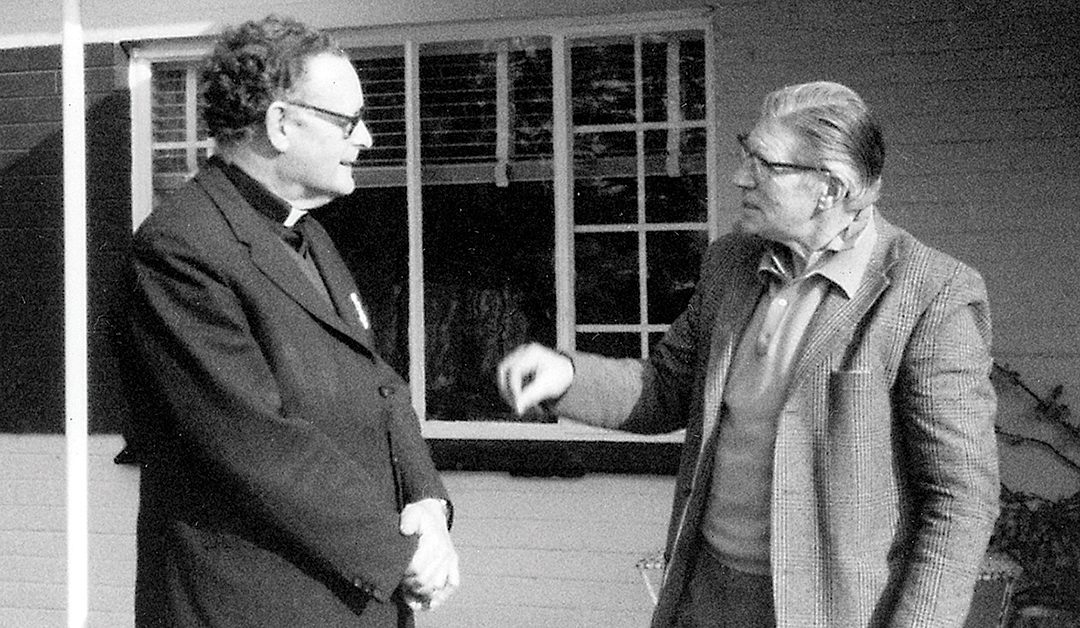
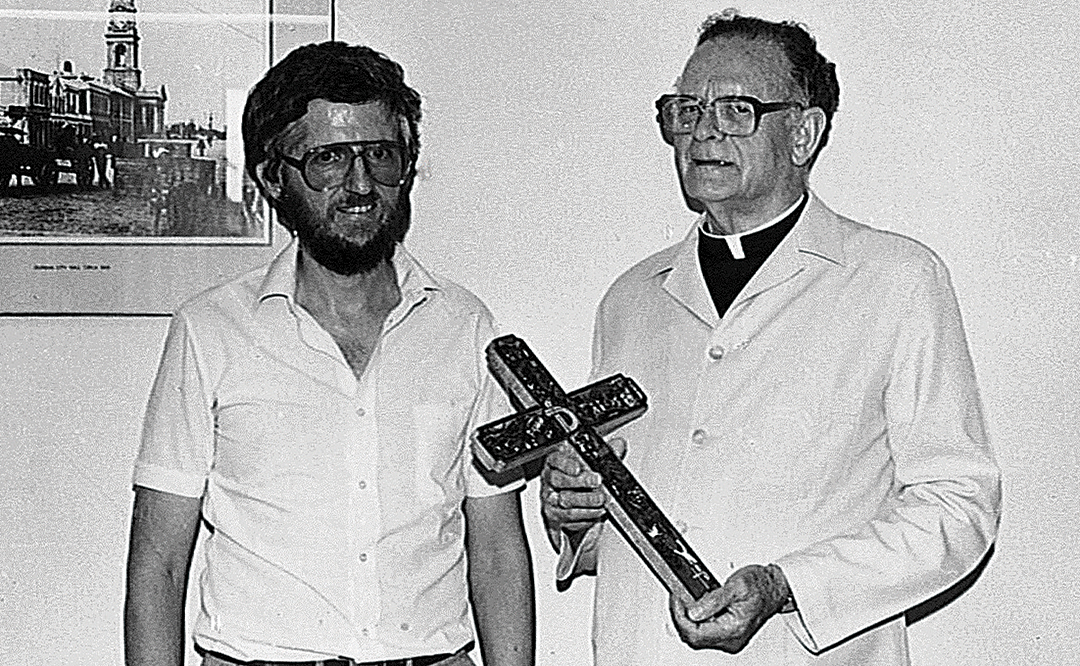
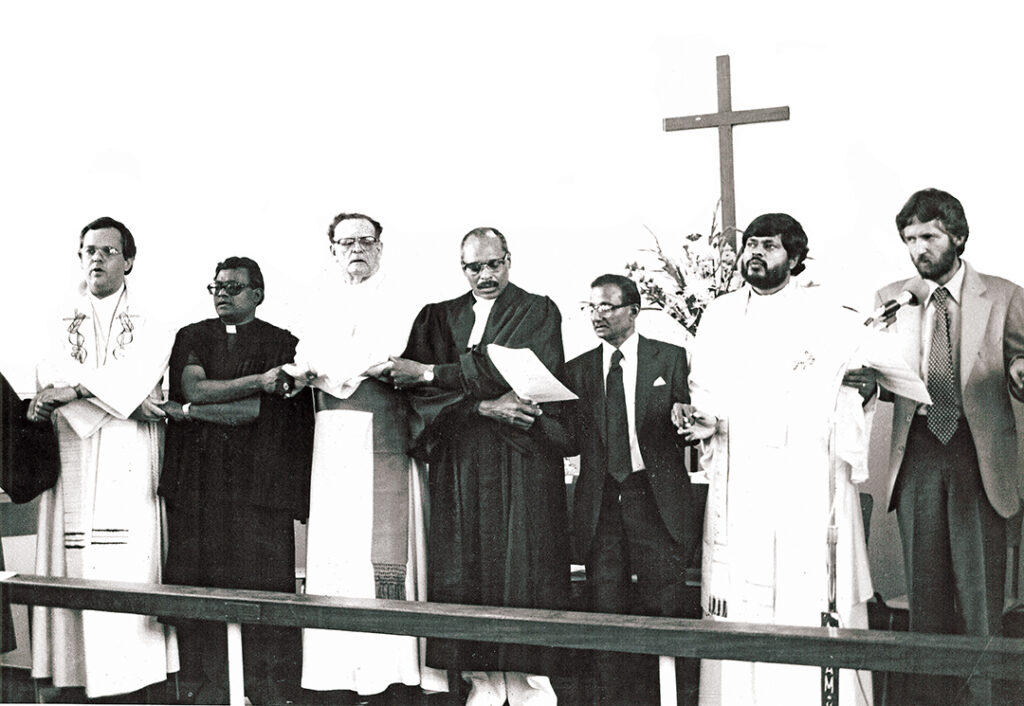
The decree exhorts religious orders to return to the inspiration and charism of their founders. The OMI order had been established by Eugene de Mazenod in 1816 as a response to the growing spiritual and practical deprivation in France’s newly industrialising cities. Their motto is “Go and preach good news to the poor”. I cannot help but wonder if that was in +Hurley’s mind when, aged almost 80, and retired he became ‘parish priest’ of Emmanuel Cathedral in an area of central Durban that was rapidly changing, as middle-class people moved out and refugees moved in. The OMI motto is one that we try to hold true to today in the Centre named after Denis Hurley. Our efforts in healthcare, welfare, counselling and advocacy for homeless people, drug addicts and refugees are different ways of attempting to bring Good News to the poor.
Renewed theological formation
+Hurley in his lifetime cared deeply about the renewal of religious life. He saw, for example, the need to provide theological education not just to priests, but also to vowed brothers and sisters who had usually been given only professional training as teachers or nurses. He would have been hugely proud to see female religious representatives taking an active part in the recent Synod on Synodality—but might have wondered why it took Rome so long when he had made provision for religious women at his first post-Vatican II synod in Durban in 1967!
+Hurley saw the need to provide theological education not just to priests, but also to vowed brothers and sisters.
+Hurley though was keenly aware that the Vatican II’s view on religious life—just like its teachings on the role of bishops, priests and lay people—had to be seen in the context of the over-riding constitution on the Church: Lumen Gentium. This document literally turns on its head the traditional model of how we have seen the Church. It used to be presented as a pyramid: with the Pope at the top, then (in descending tiers) cardinals, bishops, priests, male religious people and female religious people, and then the lowest rung reserved for the 99.92% of the Church who are lay people.
Instead of the traditional model Lumen Gentium starts with the whole people of God, responding to a common call, and then within this, recognising that some have specific calls for certain ways of life. The document describes a ‘Universal Call to Holiness’. Traditionally, this had been language reserved for people with a vocation to religious life; but Vatican II extends the word ‘holy’ to all the people of God (as in fact St Paul had done 1900 years earlier).
Hurley’s inclusive vision
What I think is important for us to learn from +Hurley is not how he preferred one group over another, but rather how he understood that all members of the Church should be given the opportunity to fulfil their own vocation in the Church (and the formation required to do so).
One of the best examples of this is in the roles that he gave to two people from the Marist tradition. Br. Jude Pieterse, a Marist brother, whom +Hurley had to fight for to be approved as Secretary General of the Bishops’ Conference by Rome because Jude, though a member of a religious order, was not a priest. The other was a contemporary of Br. Jude, Paddy Kearney. He had been a Marist brother but, at the end of the 1960s, had left religious life. Paddy as a lay man was given unprecedented significance in the Archdiocese of Durban as the head of the ecumenical agency Diakonia, effectively acting as +Hurley’s ‘right-hand man’ in a whole range of matters to do with the role of the Church in fighting injustice and working with other Christians.
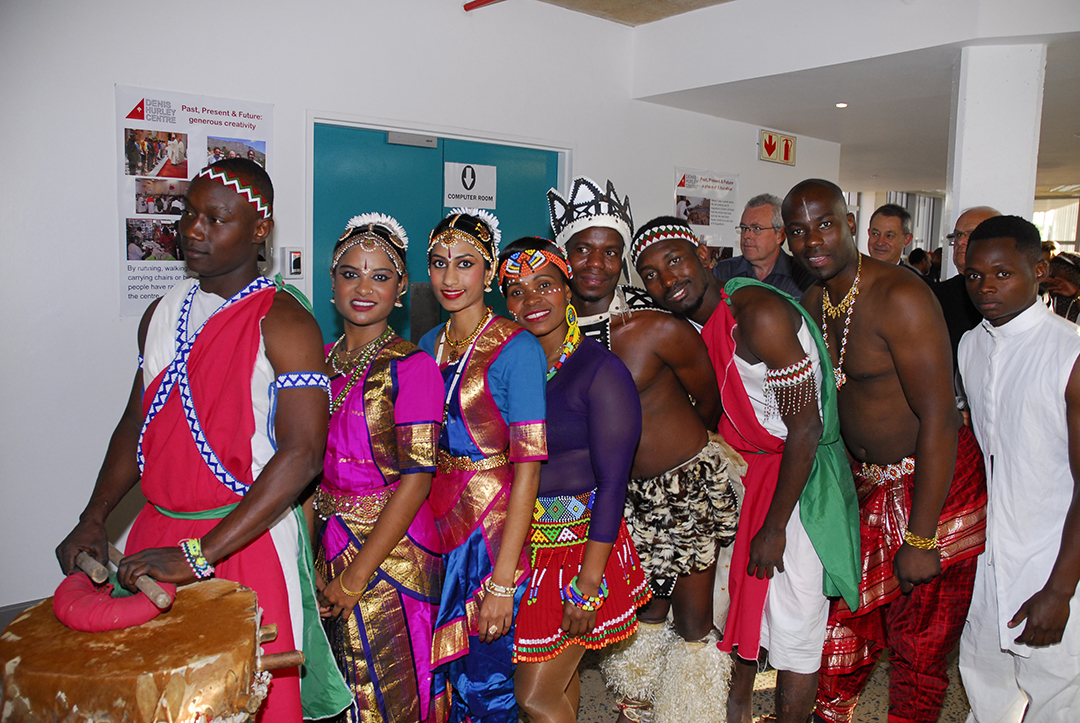
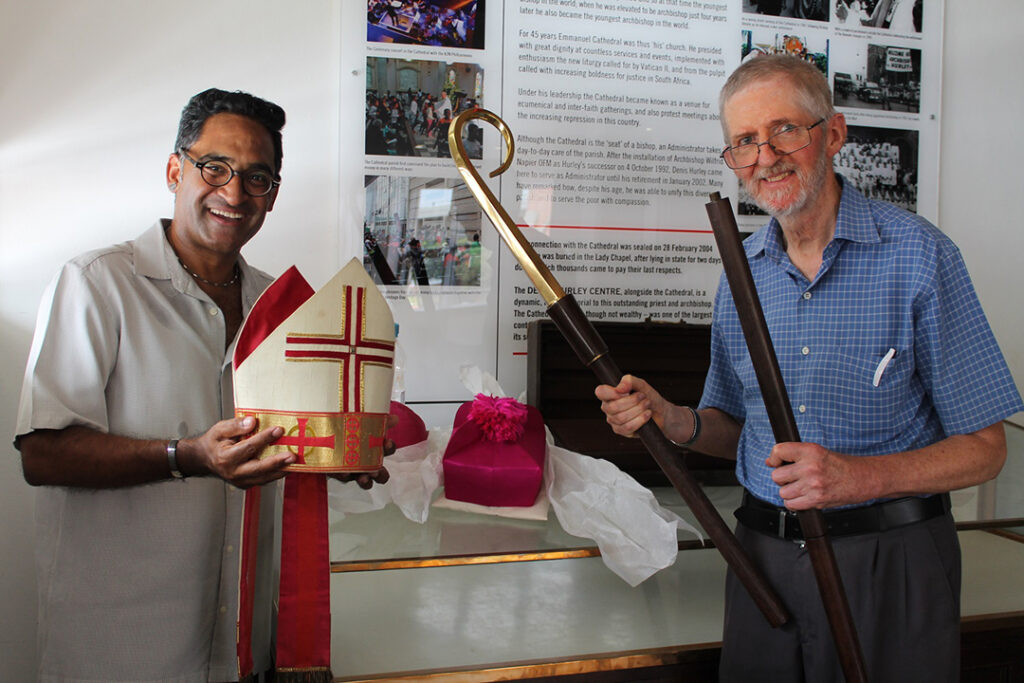
I confess to having a strong empathy with Paddy’s journey. That is partly because I have just written my PhD about his life and ministry (and, in fact, I quoted from one of his final articles, written for Worldwide-Oct.-Nov. 2018). In writing about Paddy, I was especially taken by the way in which, despite clericalism, he carved out a role not just for serving the Church but also for leading the Church without the trappings of a title like ‘Bishop’ or ‘Father’ or even ‘Brother’. My empathy also comes from a shared experience. I was also in vowed religious life (six years as a Jesuit) before discerning that the lay state was where I was called for ministry. I now live out my vocation through my work at the Denis Hurley Centre and beyond.
Challenges of religious life today
+Hurley reflected deeply on the importance of creating roles for religious people and for lay people in a Church dominated by celibate ordained men. But now, 60 years after the Vat II, where is the Spirit’s call? Not much has changed in terms of where the power in the Church lies; but a lot has changed in terms of where the energy is. I am not going to claim that I know what +Hurley would have said when faced with such a dilemma. My suggestion is that he would want to look at where there is life and ask if we are open to what the Spirit is saying to us: “Where the Spirit is, there is freedom”. This was his episcopal motto.
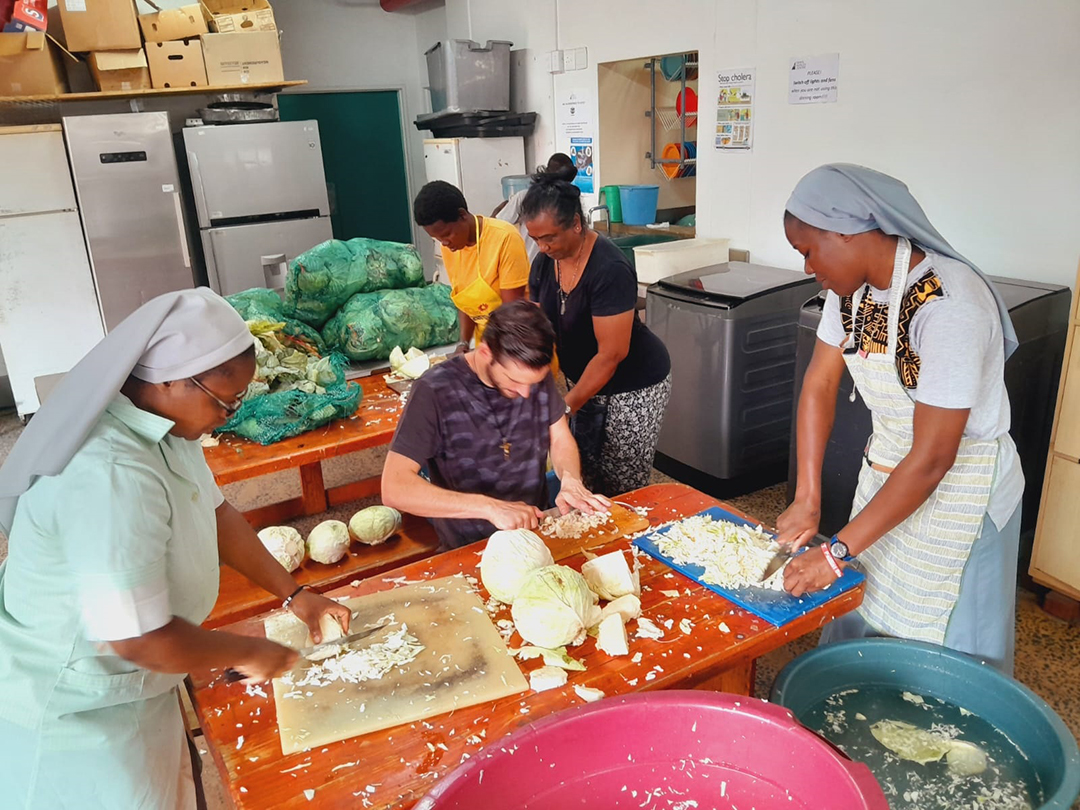
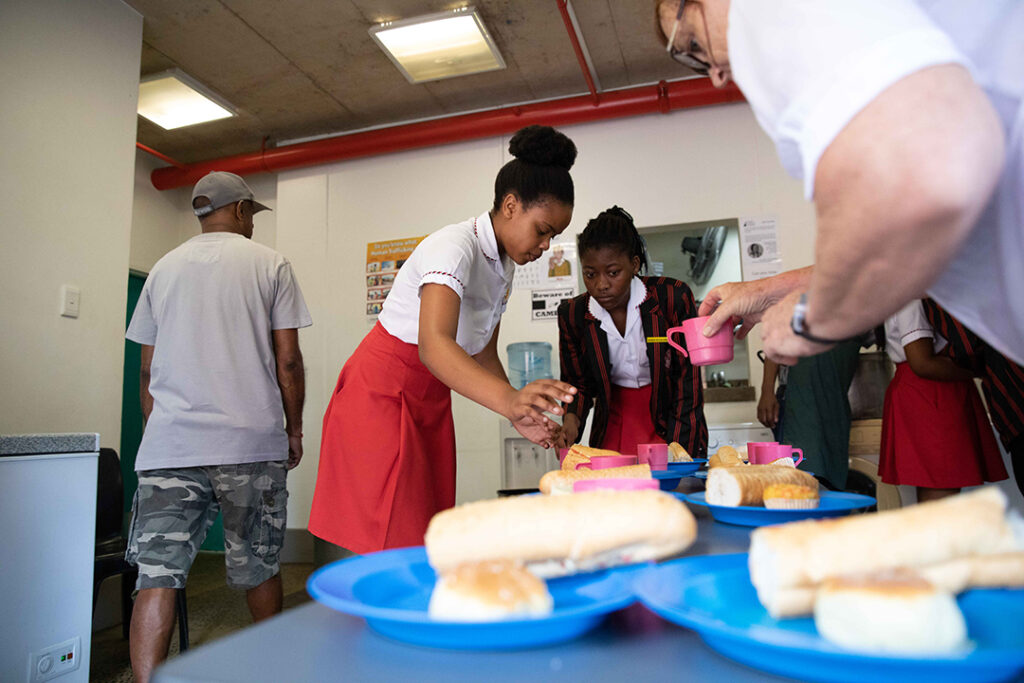
So, while there is much of value in the traditional models of religious life—and I have personally been greatly nourished by this—we need to be asking hard questions about what kind of religious life the Church is being called to create for the future. What about a model in which communities are not ‘residential’ but ‘intentional’? We could create small groups of people who support each other in ministry both face to face and virtually. What about a model in which there is a process of lifelong formation? That is very different from a model of formation which, when ‘completed’, is at the end ‘rewarded’ with a religious identity. What about a model in which individuals can present themselves in the married state? Their call to holiness would then explicitly include a spouse (and their own journey) and even children. What about a model which is characterised by a new understanding of obedience, of mutual discernment and a shared approach to taking risks? That could avoid some of the dangers of infantilisation or bullying associated with obedience. Should we not challenge a model which involves the profession of a public vow of poverty and is then occasionally accompanied by baffling examples of luxurious living? Surely a humble commitment to simplicity, sharing the vulnerability of people who are genuinely poor, would be a much better witness of dependence on God.
Changes from below: Discipleship
My ideas might all sound like weird dreams and, for a canon lawyer or a traditionalist, the stuff of nightmares. The reality is that there are lay men and women—and some vowed religious persons—whose lives are already a witness to this call to holiness. As has so often been true in the history of religious life, it is not popes or bishops or general superiors who initiate renewal, but lay men and women (like Francis or Ignatius or Angela Merici) who are moved by the Spirit to respond to what they see around them, and then inspire others to join them.
I found a person (Paddy Kearney) for whom the simple title of ‘disciple’ was the best way of characterising his vocation.
For me, Paddy Kearney has also been such a figure in our own age. In exploring Paddy Kearney’s life, I assumed that I would find evidence of him asserting an identity as a lay man over and against following the vocation to be a priest or a brother. I even wondered if he might have become the ‘Deacon of Diakonia’. Instead, I found a person for whom the simple title of ‘disciple’ was the best way of characterising his vocation.
It is rooted in the Gospel; it recognises the value of unity coming from diversity as evidenced by the men and women called disciples in the early Church; it focuses on the on-going importance of learning; and it places each of us at the same distance from Christ who is at the centre of our circle of discipleship. I look forward to the brains and resources of the Catholic Church—all parts of it— being applied to exploring how the next phase of religious life can exemplify the call to be disciples that so many of us have.

